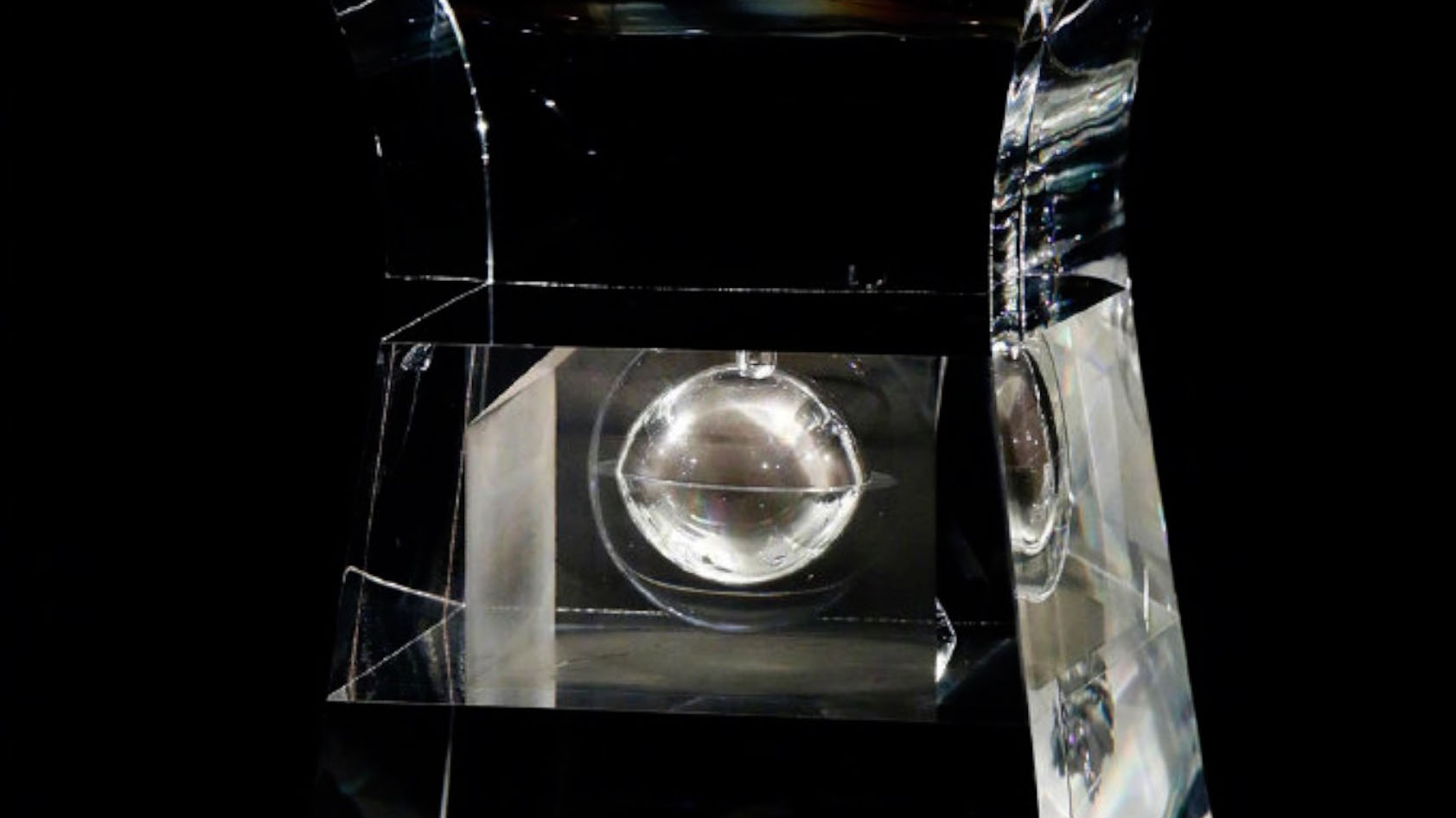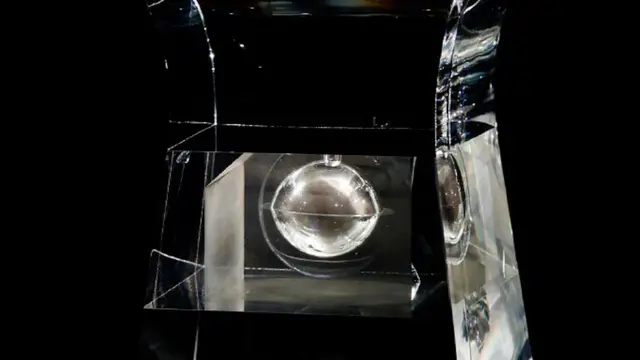00:19

The lunar soil samples brought back by China's Chang'e-5 probe will go on display for the public at the Beijing-based National Museum of China in March after debuting at the Great Hall of the People on Tuesday.
The Chang'e-5 probe collected 1,731 grams of lunar samples, and the return capsule landed in north China's Inner Mongolia Autonomous Region on December 17, 2020.
Lunar soil is a combination of rubble, bedrock dust and vitreous particles containing different minerals and other substances, and is a result of meteorites, cosmic rays and solar wind hitting the moon over time. The lunar soil looks like cement, with each particle about 100 micrometers in size.
It's impossible to grow vegetables in the soil as it is devoid of organic nutrients and extremely dry. On the contrary, the soil on Earth is composed of minerals, organic materials, water and microorganisms that allow plants and flowers to grow.
The depth of the lunar soil on the moon can range from several meters to over 20 meters due to geological differences.
For scientific purposes, it is an ideal opportunity for humans to study the moon – analyzing soil taken directly from the lunar surface in the lab – which is an experience remote sensing or meteorite study cannot provide.
The lunar soil sample can help scientists better understand the evolving history of the moon and possibly other planets in the solar system.
Click here to learn how China will use the lunar soil samples
 简体中文
简体中文

